-
 Bitcoin
Bitcoin $118300
-0.58% -
 Ethereum
Ethereum $3825
0.11% -
 XRP
XRP $3.137
-0.71% -
 Tether USDt
Tether USDt $0.9999
-0.01% -
 BNB
BNB $803.9
-3.37% -
 Solana
Solana $181.5
-1.94% -
 USDC
USDC $0.9999
0.01% -
 Dogecoin
Dogecoin $0.2238
-2.51% -
 TRON
TRON $0.3358
2.12% -
 Cardano
Cardano $0.7844
-2.16% -
 Hyperliquid
Hyperliquid $43.31
-1.48% -
 Sui
Sui $3.807
-4.04% -
 Stellar
Stellar $0.4203
-1.96% -
 Chainlink
Chainlink $17.79
-3.00% -
 Bitcoin Cash
Bitcoin Cash $567.8
-1.34% -
 Hedera
Hedera $0.2614
-4.30% -
 Avalanche
Avalanche $24.19
-4.46% -
 Litecoin
Litecoin $109.2
-0.74% -
 UNUS SED LEO
UNUS SED LEO $8.969
-0.01% -
 Toncoin
Toncoin $3.404
3.97% -
 Ethena USDe
Ethena USDe $1.001
-0.01% -
 Shiba Inu
Shiba Inu $0.00001307
-3.19% -
 Uniswap
Uniswap $10.33
-1.23% -
 Polkadot
Polkadot $3.884
-4.06% -
 Monero
Monero $312.9
-1.87% -
 Dai
Dai $1.000
0.01% -
 Bitget Token
Bitget Token $4.537
-2.24% -
 Pepe
Pepe $0.00001156
-3.40% -
 Cronos
Cronos $0.1437
-0.89% -
 Aave
Aave $282.8
-2.77%
The bottom reversal signal of the monthly line volume and price rising and the daily line breaking through the previous low
A rising monthly price and volume with a daily shakeout breakdown signals strong accumulation, offering a high-probability bullish reversal entry when confirmed by volume and reclaim of broken support.
Jul 29, 2025 at 08:14 pm
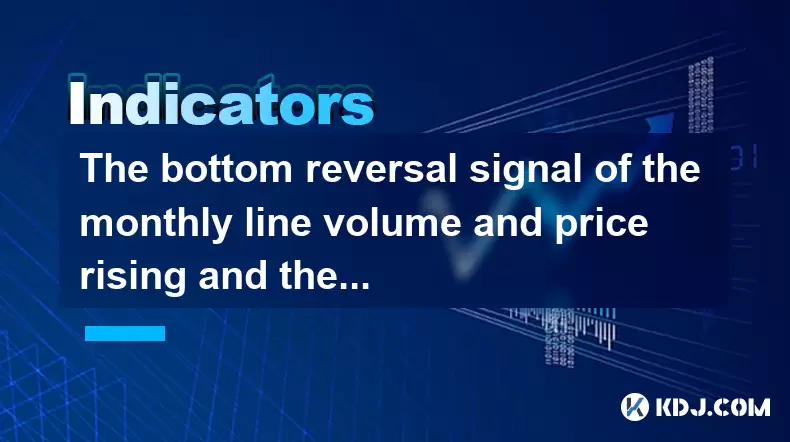
Understanding the Monthly Line Volume and Price Rising Pattern
When analyzing long-term market trends in cryptocurrency, the monthly line chart provides a macro view of price behavior and volume dynamics. A bottom reversal signal on this timeframe indicates a potential shift from a prolonged bearish phase to the beginning of a bullish cycle. One of the most reliable signals occurs when both price and volume rise simultaneously on the monthly chart after a sustained downtrend. This suggests that institutional or large-scale investors are beginning to accumulate assets, signaling renewed demand.
The significance of rising volume alongside rising price lies in confirming the strength of the reversal. In contrast, a price increase on low volume may indicate a short-term bounce rather than a sustainable trend. When volume expands during a monthly candle’s close, it reflects growing market participation. For traders, identifying this pattern early can offer a strategic entry point before broader market recognition. The key is to wait for the monthly candle to fully close above the prior month’s high, with volume exceeding the 3–6 month average.
Interpreting the Daily Line Breaking Through the Previous Low
While the monthly chart sets the long-term context, the daily line chart offers tactical insights into short-term momentum. A seemingly contradictory signal—where the daily price breaks below the previous low—can actually be part of a healthy bottoming process. This phenomenon often represents a final shakeout of weak hands, where panic selling drives price below prior support before reversing sharply.
This breakdown should not be viewed in isolation. Instead, it must be analyzed in conjunction with the monthly signal. If the monthly chart shows rising price and volume, a daily breakdown may serve as a liquidity grab or bear trap, especially if followed by a strong reversal candle. Confirmation comes when the price quickly recovers above the breakdown level on increased volume, indicating that sellers have been exhausted and buyers are stepping in aggressively.
Correlating Monthly and Daily Signals for Confirmation
For a high-probability reversal setup, both timeframes must align. The monthly volume and price rising signal establishes the foundation, suggesting accumulation is underway. The daily breakdown and recovery then acts as a final test of supply. When these two patterns converge, the likelihood of a sustained upward move increases significantly.
To verify alignment:
- Check that the monthly close is higher than the previous month’s close.
- Confirm that monthly volume is above the trailing average.
- On the daily chart, identify a clear break below the prior swing low.
- Observe whether the breakdown is followed by a bullish engulfing or pin bar reversal.
- Ensure that the recovery candle closes above the breakdown level with strong volume.
This confluence reduces false signals and filters out noise common in volatile crypto markets. Assets like Bitcoin or Ethereum often exhibit this pattern after extended bear markets, making it a valuable tool for long-term investors.
Step-by-Step Identification Process
Identifying this reversal pattern requires a structured approach across multiple timeframes. Follow these steps carefully:
- Open a cryptocurrency charting platform such as TradingView and load the asset of interest.
- Switch to the monthly timeframe and locate the most recent completed candle.
- Assess whether the candle closed higher than the previous monthly close.
- Compare the volume of the current monthly candle to the average volume of the last six months.
- Transition to the daily timeframe and locate the most recent swing low.
- Determine if price has traded below that low in the current or prior session.
- Check if price has since reclaimed the broken level with a strong bullish candle.
- Verify that the recovery candle shows noticeably higher volume than the preceding candles.
Each step must be satisfied before considering the signal valid. Missing any component increases the risk of misinterpretation, especially in low-liquidity altcoins where price manipulation is more common.
Practical Trading Strategy Based on the Signal
Once the pattern is confirmed, traders can structure a position with defined risk parameters. The ideal entry occurs after the daily price closes back above the broken low, confirming the reversal. Place a buy order at the close of that candle or at the open of the next.
To manage risk:
- Set a stop-loss just below the recent daily low that was broken.
- Use a risk-reward ratio of at least 1:3, targeting resistance levels from higher timeframes.
- Consider scaling in: allocate 50% of position size on initial confirmation, and add more if price breaks above key resistance.
- Monitor on-chain metrics such as exchange outflows or wallet accumulation to support the technical signal.
Position sizing should reflect volatility. For highly volatile altcoins, reduce exposure. For established assets like BTC or ETH, larger allocations may be justified due to higher liquidity and lower manipulation risk.
Common Misinterpretations and How to Avoid Them
Many traders misread this pattern due to incomplete analysis. One frequent error is acting on the monthly signal alone without waiting for daily confirmation. A rising monthly volume and price can persist for months before a breakout occurs. Patience is essential.
Another mistake is assuming every daily breakdown is a buying opportunity. Only those occurring after a confirmed monthly reversal should be considered. In a still-dominant downtrend, lower lows on the daily chart may simply indicate continued selling pressure.
Also, be cautious of low-volume breakdowns. If the daily price breaks below support but the reversal candle shows weak volume, it may lack buyer conviction. Always cross-check with volume profile and order book data where available.
FAQ 1: What if the monthly volume rises but the price doesn’t close higher?
This scenario suggests buying pressure exists but is not yet strong enough to overcome selling. It may indicate accumulation in progress, but it does not confirm a reversal. Wait for a monthly close above the prior high with sustained volume before acting.
FAQ 2: Can this pattern occur in altcoins with low market cap?
Yes, but with higher risk. Low-cap altcoins are prone to pump-and-dump schemes that mimic this pattern. Always verify with on-chain data and trading volume consistency across exchanges to rule out manipulation.
FAQ 3: How long should I wait for daily confirmation after the monthly signal?
There is no fixed timeline. Some reversals confirm within days, others take weeks. Focus on price action and volume, not calendar time. If the daily price remains range-bound without breaking down, the signal remains pending.
FAQ 4: Does this pattern work during major macroeconomic downturns?
It can, but effectiveness may be reduced. During systemic risk events (e.g., exchange collapses or regulatory shocks), even strong technical patterns may fail. Combine with fundamental and sentiment analysis to improve accuracy.
Disclaimer:info@kdj.com
The information provided is not trading advice. kdj.com does not assume any responsibility for any investments made based on the information provided in this article. Cryptocurrencies are highly volatile and it is highly recommended that you invest with caution after thorough research!
If you believe that the content used on this website infringes your copyright, please contact us immediately (info@kdj.com) and we will delete it promptly.
- PENGU Price Plunge? Binance Transfers and Token Transfer Trends
- 2025-07-30 23:10:15
- Navigating Crypto Investment: Bitcoin Mining and the Rise of Cloud Mining in the Big Apple
- 2025-07-30 22:31:15
- Meme Coins, Profit, and Investment: Riding the Crypto Wave in Style
- 2025-07-30 23:10:15
- LivLive's Gamified AR Launch Phase: Level Up Your Reality!
- 2025-07-30 22:31:15
- JPMorgan, Coinbase, and Crypto Access: A New Era for Digital Finance?
- 2025-07-30 22:50:13
- JPMorgan & Coinbase: Crypto Access for the Masses?
- 2025-07-30 23:27:48
Related knowledge
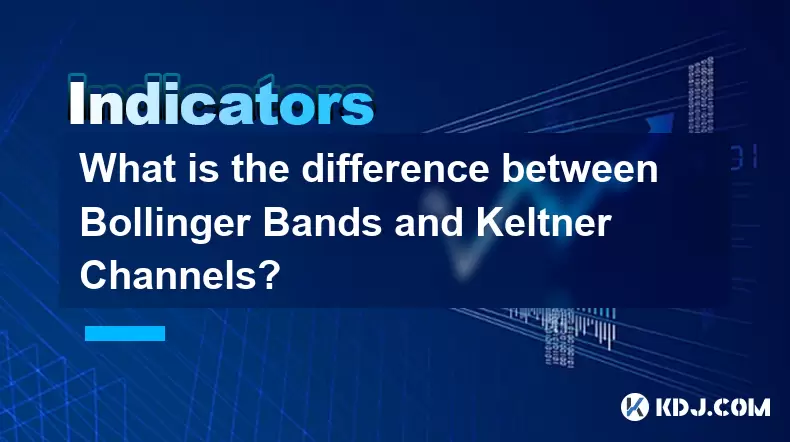
What is the difference between Bollinger Bands and Keltner Channels?
Jul 30,2025 at 11:30pm
Understanding Bollinger Bands and Their Core ComponentsBollinger Bands are a widely used technical analysis tool developed by John Bollinger in the 19...
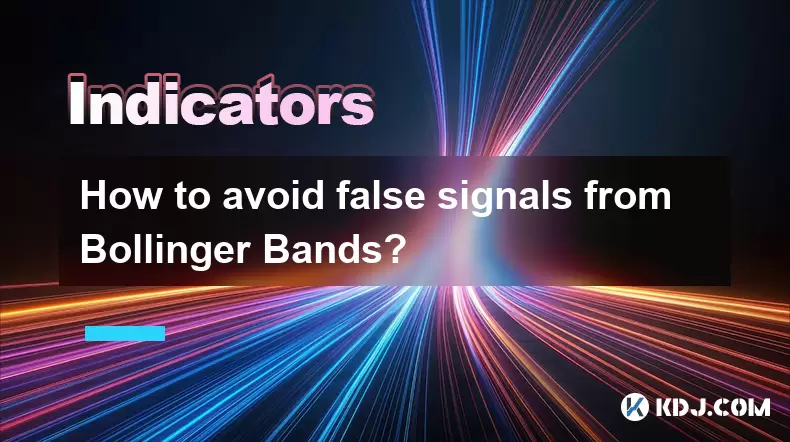
How to avoid false signals from Bollinger Bands?
Jul 30,2025 at 11:42pm
Understanding Bollinger Bands and Their Core ComponentsBollinger Bands are a widely used technical analysis tool developed by John Bollinger in the 19...
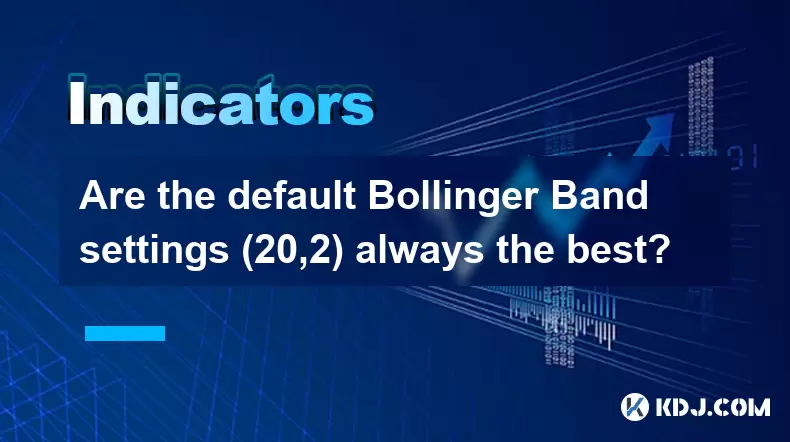
Are the default Bollinger Band settings (20,2) always the best?
Jul 30,2025 at 11:36pm
Understanding the Standard Bollinger Band ConfigurationThe default Bollinger Band settings of (20,2) are widely used across the cryptocurrency trading...
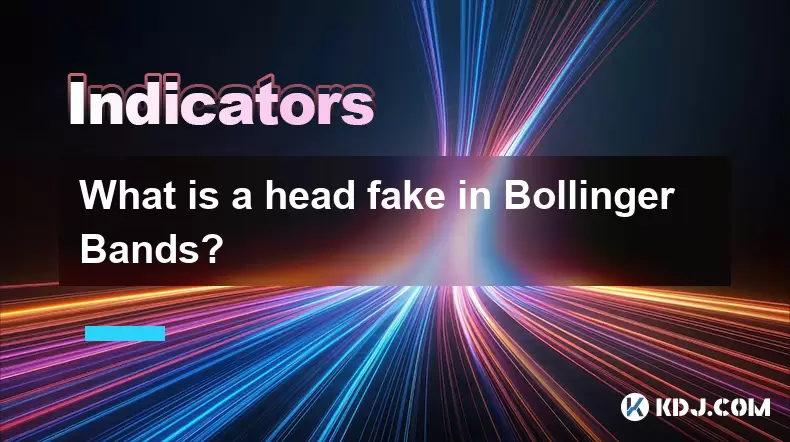
What is a head fake in Bollinger Bands?
Jul 30,2025 at 09:44pm
Understanding Bollinger Bands and Their StructureBollinger Bands are a widely used technical analysis tool developed by John Bollinger in the 1980s. T...
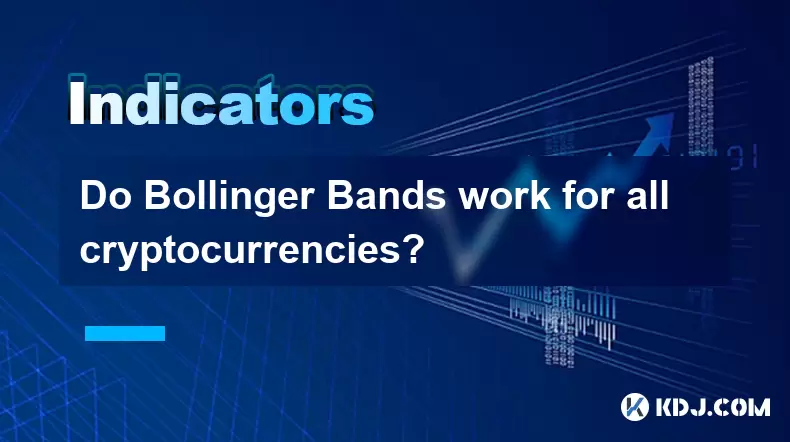
Do Bollinger Bands work for all cryptocurrencies?
Jul 30,2025 at 09:30pm
Understanding Bollinger Bands in Cryptocurrency TradingBollinger Bands are a widely used technical analysis tool developed by John Bollinger in the 19...
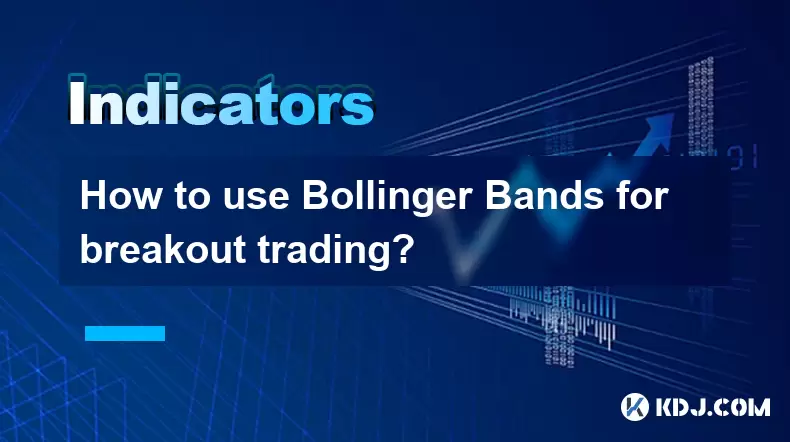
How to use Bollinger Bands for breakout trading?
Jul 30,2025 at 10:27pm
Understanding Bollinger Bands and Their ComponentsBollinger Bands are a widely used technical analysis tool developed by John Bollinger in the 1980s. ...

What is the difference between Bollinger Bands and Keltner Channels?
Jul 30,2025 at 11:30pm
Understanding Bollinger Bands and Their Core ComponentsBollinger Bands are a widely used technical analysis tool developed by John Bollinger in the 19...

How to avoid false signals from Bollinger Bands?
Jul 30,2025 at 11:42pm
Understanding Bollinger Bands and Their Core ComponentsBollinger Bands are a widely used technical analysis tool developed by John Bollinger in the 19...

Are the default Bollinger Band settings (20,2) always the best?
Jul 30,2025 at 11:36pm
Understanding the Standard Bollinger Band ConfigurationThe default Bollinger Band settings of (20,2) are widely used across the cryptocurrency trading...

What is a head fake in Bollinger Bands?
Jul 30,2025 at 09:44pm
Understanding Bollinger Bands and Their StructureBollinger Bands are a widely used technical analysis tool developed by John Bollinger in the 1980s. T...

Do Bollinger Bands work for all cryptocurrencies?
Jul 30,2025 at 09:30pm
Understanding Bollinger Bands in Cryptocurrency TradingBollinger Bands are a widely used technical analysis tool developed by John Bollinger in the 19...

How to use Bollinger Bands for breakout trading?
Jul 30,2025 at 10:27pm
Understanding Bollinger Bands and Their ComponentsBollinger Bands are a widely used technical analysis tool developed by John Bollinger in the 1980s. ...
See all articles

























































































